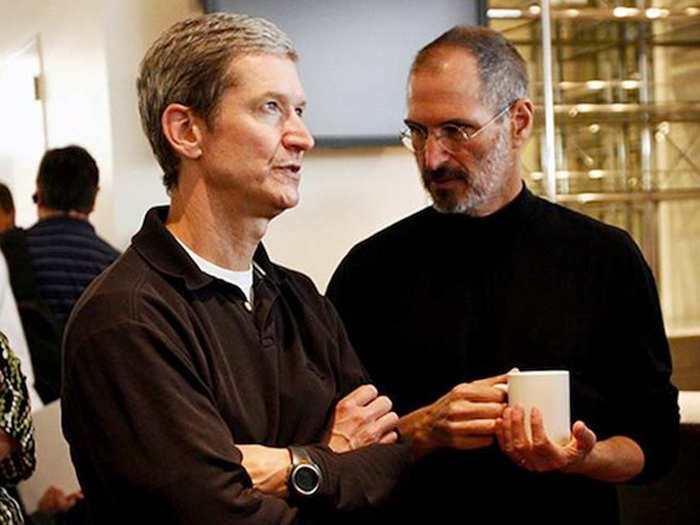The Steve Jobs Guide To Manipulating People And Getting What You Want
Work hard, and others will respect you. Respect is a crucial first step to getting what you want.

Pitch with passion. People can be influenced by strong displays of emotion.
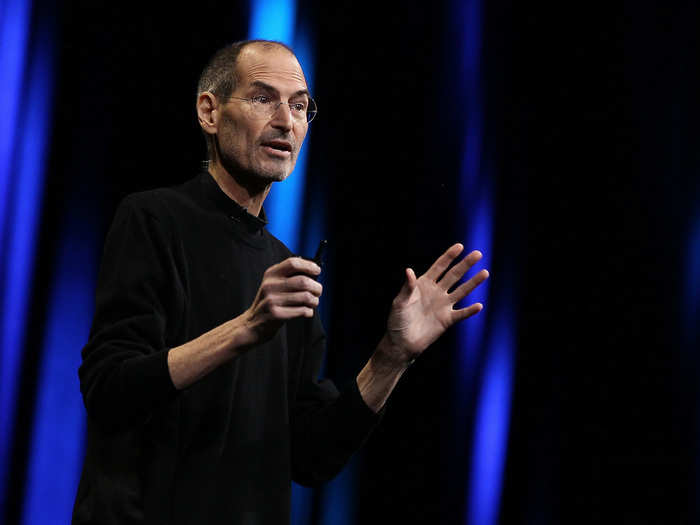
Pitching was a key part of Jobs’ repertoire, and it should be part of yours, too. The process of selling — yourself, or a product — is the key to getting others to buy into your ideas.
In a pitch to the trumpeter Wynton Marsalis, Jobs wanted to show off everything iTunes could do — he was recruiting musicians at the time in hopes of corralling the record labels into going along with the iTunes plan. Marsalis said Jobs talked for two hours. “He was a man possessed,” he said. “After awhile, I started looking at him and not the computer, because I was so fascinated with his passion.”
He also pitched his marketing gurus with a similar passion, to “ensure that almost every ad they produced was infused with his emotion.”
Disarm people with seduction and flattery.
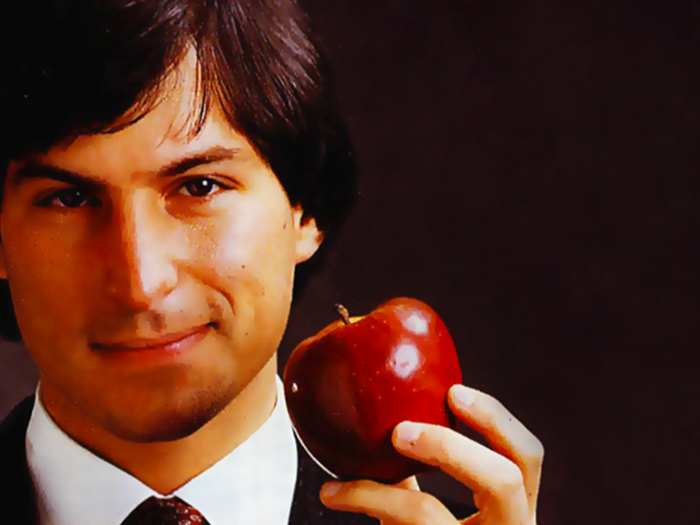
Whether they’re working for you, or you’re working for them, people continually seek approval for their actions so they respond very well to affection. And if you keep giving it to them, they’ll eventually crave it from you. From Isaacson’s biography:
“Jobs could seduce and charm people at will, and he liked to do so. People such as (former Apple CEOs) Amelio and Sculley allowed themselves to believe that because Jobs was charming them, it meant that he liked and respected them. It was an impression that he sometimes fostered by dishing out insincere flattery to those hungry for it. But Jobs could be charming to people he hated just as easily as he could be insulting to people he liked.”
Claim all the good ideas are yours — and if you’re reversing your position, get behind the new idea with full force. Memories of the past can be easily manipulated.
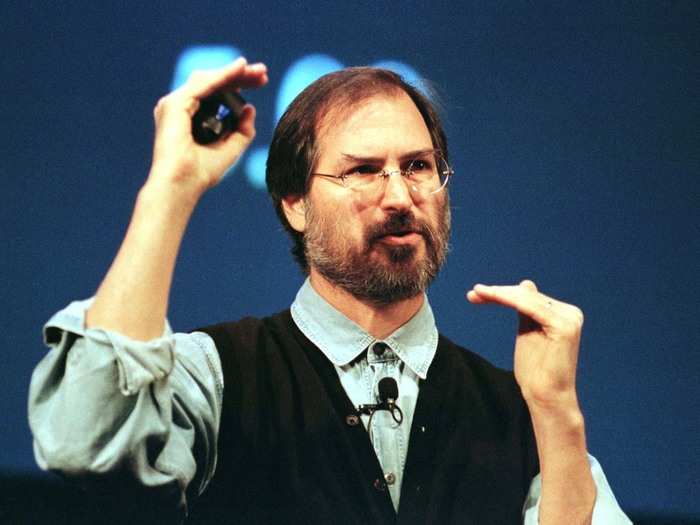
Jobs wasn’t right all the time, but he was a master at convincing people he was. So how did he do it? He stood firmly in one position, and if your position was actually better than his, he wouldn’t just acknowledge it: He’d adopt your position as his own, which would throw you off balance since he wouldn’t let you know he ever thought differently.
Bud Tribble, a former Mac engineer, had this to say in Jobs’ biography:
“Just because he tells you something that is awful or great, it doesn’t necessarily mean he’ll feel that way tomorrow. If you tell him a new idea, he’ll usually tell you that he thinks it’s stupid. But then, if he actually likes it, exactly one week later, he’ll come back to you and propose your idea to you, as if he thought of it.”
An example: When Apple decided to open retail stores for its products, Jobs’ retail SVP Ron Johnson came up with the idea of a “Genius Bar,” which would be staffed “with the smartest Mac people.” At first, Jobs called the idea crazy. “You can’t call them geniuses. They’re geeks,” he said. “They don’t have the people skills to deliver on something called the genius bar.” The next day, Apple’s general counsel was told to trademark the name “genius bar.”
Make decisions quickly and definitively. You can (usually) always change things later.
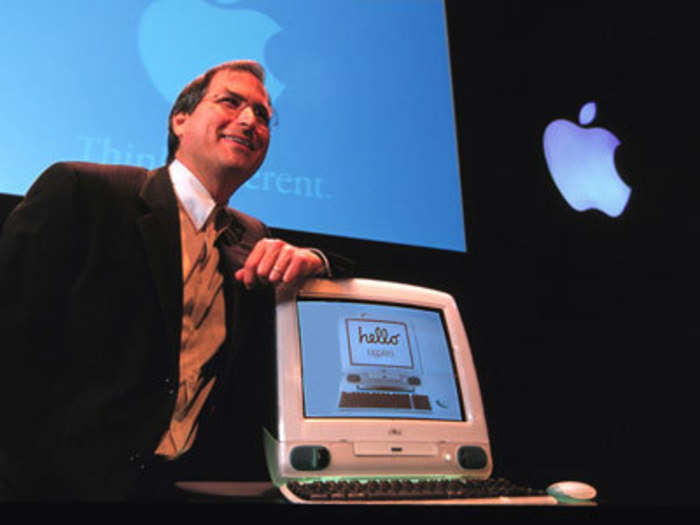
Unlike other companies, Apple rarely considered studies, surveys and research when it came time to making new products. It was also rare for a major decision to take months worth of meetings; Jobs tended to get bored easily and was quick to go with his gut.
In the case of the first iMacs, Jobs immediately decided Apple would release the new computers in multiple colors. Jony Ive, Apple’s chief of design, said “in most places that decision would have taken months. Steve did it in a half hour.”
On the same computer, Jon Rubinstein tried to argue that the iMac should come with a CD tray; but Jobs detested CD trays and he really wanted a high-end slot drive. On that particular decision, Jobs was wrong — burning music could only be accomplished on CD trays, and as that trend took off, the first round of iMacs were left behind. But since Jobs was able to make quick decisions, the first iMacs shipped on time, and the second-generation desktops included the CD drive that could rip and burn music, which was the necessary peg Apple needed to launch iTunes and the iPod.
Build a strong following by using brutal honesty.
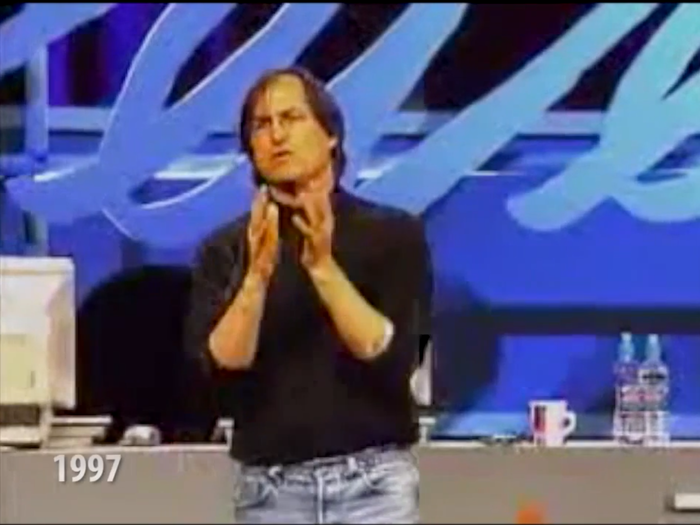
When Jobs returned to Apple for his second stint, he immediately got to work trying to invigorate the company he started, which was suffering from too many products and zero direction. Jobs summoned Apple’s top employees to the auditorium, and, wearing shorts and sneakers, he got up on stage and asked everyone to tell him “what’s wrong with this place.”
After some murmurings and bland responses, Jobs cut everyone off. “It’s the products! So what’s wrong with the products?” Again, more murmurs. Jobs shouted, “The products suck! There’s no sex in them anymore!”
People would buy into Jobs ideas because he was always earnest about what he said. As he later told his biographer: “My dad believed in honesty. Extreme honesty. That’s the biggest thing he taught me. I never lie, even to this day.”
Don’t wait to fix problems. Fix them now.
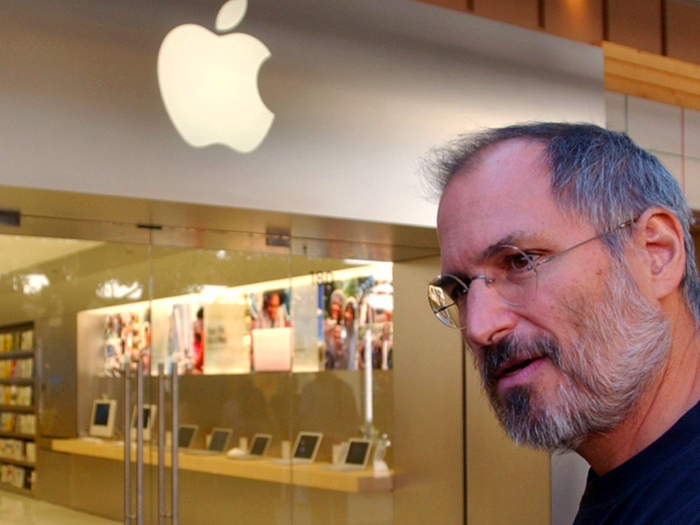
When Jobs was working with Pixar on “Toy Story,” which would be the first feature-length film created entirely with 3D animation, the first iteration of Woody the cowboy had gradually turned into a jerk, mainly through script edits handed down by Disney. But Jobs refused to let Disney, one of the biggest companies in the world, ruin Pixar’s original story.
“If something isn’t right, you can’t just ignore it and say you’ll fix it later,” Jobs said. “That’s what other companies do.”
Jobs insisted that Disney give the reins back to Pixar, and in the end, Woody became a very likeable and thee-dimensional character in "Toy Story," which went on to be a monumental success.
When Jobs was designing the first Apple Store, his retail VP Ron Johnson woke up in the middle of a night before a big meeting with an excruciating thought: They had organized the stores completely wrong. Jobs and Johnson had previously organized the stores by the products Apple was selling; Johnson realized Apple needed to organize the store based around what people might want to do with those products.
Johnson told Jobs his epiphany the next morning, and after a brief eruption from Jobs, the Apple CEO told all who attended that day’s meeting that Johson was absolutely right, and they needed to redo the entire layout, which would delay the planned rollout by 3-4 months. “We’ve only got one chance to get it right,” he said.
There are two ways to deal with problematic people: Either address them head on…
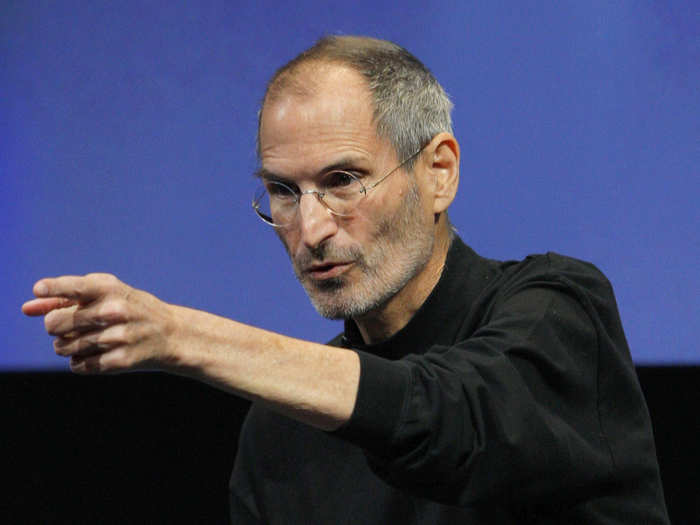
Jobs often saw the world through binary terms: “A person was either a hero or a bozo, a product was either amazing or shit.” He wanted Apple to be a company of “A players,” which meant regularly cutting B and C players, or pushing them with great fervor to become A players.
Before Apple launched the Macintosh, one of the engineers charged with building a mouse that could easily move the cursor in every direction — not just up/down and left/right — told Bill Atkinson, one of the early Apple employees who developed graphics for the Mac, that there was “no way to build such a mouse commercially.” After Jobs heard about the complaint over dinner, Atkinson arrived at work the next day only to discover Jobs had fired the engineer. The first words said by the engineer’s replacement were, “I can build the mouse.”
...Or "follow the line of least involvement" and ignore them entirely.
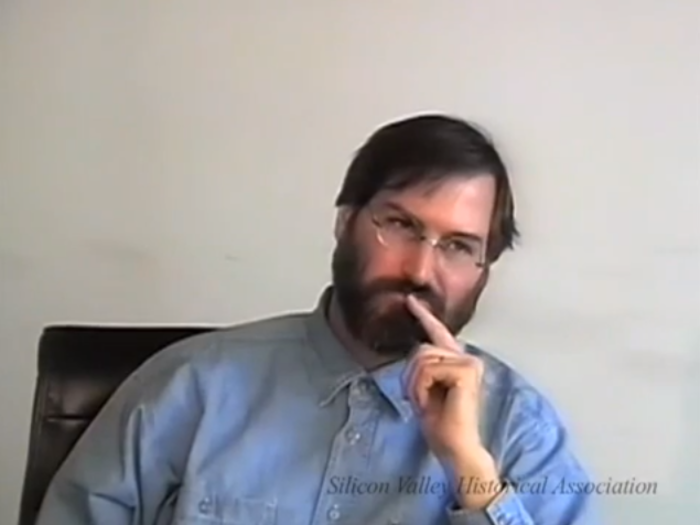
Jobs did not like overly complex issues, especially if they required him to make accommodations. So on occasion, he would become totally aloof. As Jobs’ biographer Walter Isaacson said, “Jobs would go silent and ignore situations that made him uncomfortable.”
Jobs used this tactic on several occasions: When Apple’s then-CEO Gil Amelio asked what role he wanted to play in the company after he rejoined — after all, he couldn’t say “I want your job” — and when he wasn’t sure how to deal with his estranged daughter Lisa.
Chrisann Brennan, the mother of Jobs’ daughter Lisa, told Jobs biographer about this tactic:
“There was a community of people who wanted to preserve his Woodside house due to its historical value, but Steve wanted to tear it down and build a home with an orchard. Steve let that house fall into so much disrepair and decay over a number of years that there was no way to save it. The strategy he used to get what he wanted was to simply follow the line of least involvement and resistance. So by his doing nothing on the house, and maybe even leaving the windows open for years, the house fell apart. Brilliant, no? … In a similar way did Steve work to undermine my effectiveness AND my wellbeing at the time when Lisa was 13 and 14 to get her to move into his house. He started with one strategy but then it moved to a another easier one that was even more destructive to me and more problematic for Lisa. It may not have been of the greatest integrity, but at least he got what he wanted.
Strike when the iron’s hot, and strike hard.
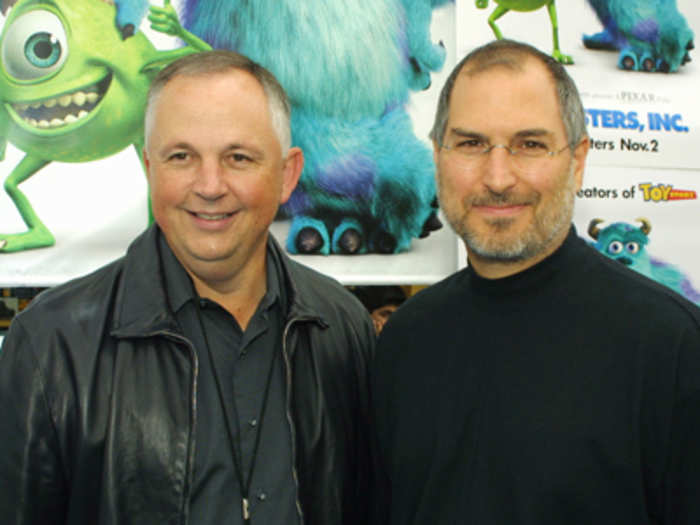
Success usually tricks people into thinking they can stop working; Jobs had a much different point of view. When his big bet on Pixar paid off, and the company’s first movie “Toy Story” was a monumental success among critics and at the box office, Jobs decided to take the company public.
Investment bankers said it couldn’t happen, especially after Pixar had hemorrhaged money for five years prior. Even John Lasseter, Pixar’s creative head, told Jobs he should wait until after Pixar’s second film. But Jobs insisted. “Steve overruled me and said we needed the cash so we could put up half the money for our films and renegotiate the Disney deal,” Lasseter told Jobs’ biographer.
And that’s exactly what happened. Pixar held its IPO one week after “Toy Story” opened in theaters, and it was a wild success: It exceeded Netscape as the biggest IPO of 1995, and more importantly, it meant Pixar no longer needed to be dependent on Disney to finance its movies. Suddenly, Disney, with its flailing animation department, needed Pixar, instead of the other way around.
When you have leverage, USE IT.
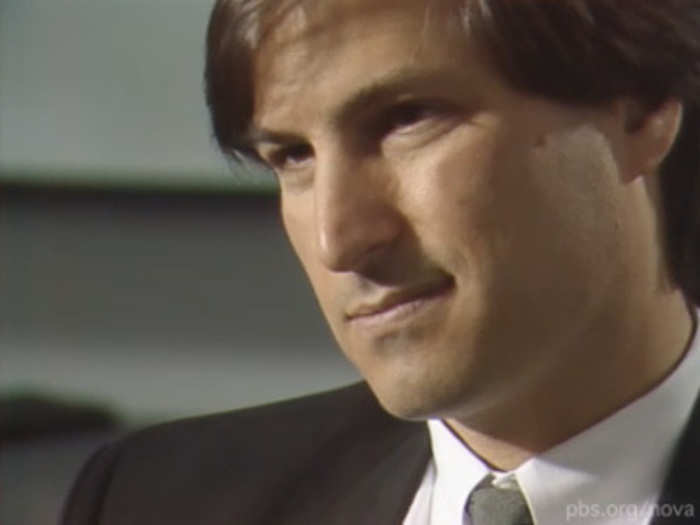
It was huge news when Steve Jobs returned to Apple, the company he helped start but had since lost its “magic.” When he stood on stage at Macworld in January 2007, Wall Street Journal reporter Jim Carlton wrote, “The return of Elvis would not have provoked a bigger sensation.”
Even though Jobs insisted he was an “advisor” at the time, those in and around Apple knew he was really in control. Amelio depended on Jobs for the company’s vision moving forward. But on his first Thursday back at Apple, Jobs used this newfound leverage to his advantage: He called a board meeting and demanded the company reprice its stock options by lowering the exercise price to make them valuable again. It was legal at the time, but not considered good business, at least ethically. But even after the board of directors balked at the idea, saying a study would take at least two months, Jobs fired back.
“You brought me here to fix this thing, and people are the key… Guys, if you don’t want to do this, I’m not coming back on Monday. Because I’ve got thousands of key decisions to make that are far more difficult than this, and if you can’t throw your support behind this kind of decision, I will fail. So if you can’t do this, I”m out of here, and you can blame it on me, you can say, ‘Steve wasn’t up for the job.’”
The board gave Jobs what he wanted. But Jobs didn’t stop there: The next day, he demanded all the board members resign, “or else I’m going to resign and not come back on Monday.” He said all the board members had to go, except for one Ed Woolard, and that’s exactly what happened.
Demand perfection, and don’t settle for anything less.
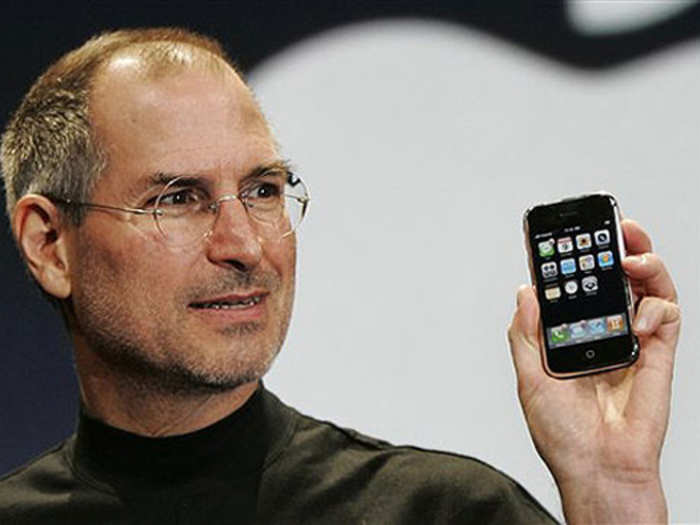
Jobs was extremely impatient with anyone who was ready to make compromises to get a product out on time and on budget. Jobs found adequacy to be “morally appalling.” His goal for Apple was never to simply beat competitors, or even to make money: it was to make the greatest product possible, “or even a little greater.”
He was demanding about everything: When the Macintosh booted up too slowly, he badgered the engineer responsible, equating the situation to a matter of life or death. He worked with countless artists and advertising agencies to make sure the commercials had the right feel, and that the product was shown on the right beat of the background music. Of the iPod engineers, he demanded the ability to access any function with three button presses, and no more. He insisted on the production process for all Apple computers be shaved down from four months to two.
Each one of these individual decisions could be considered nitpicks, but when put all together, Apple created a cult-like following unlike any other. Unlike other tech companies that had come and gone, customers and loyal fans felt like Apple put their interests first, and they were, as a result, willing to pay high prices for those products. “Steve created the only lifestyle brand in the tech industry,” Larry Ellison told Jobs’ biographer. “There are cars people are proud to have — Porsche, Ferrari, Prius — because what I drive says something about me. People feel the same way about an Apple product.”
Popular Right Now
Popular Keywords
- India’s wearables market decline
- Vivo V40 Pro vs OnePlus 12R
- Nothing Phone (2a) Plus vs OnePlus Nord 4
- Upcoming smartphones launching in August
- Nothing Phone (2a) review
- Current Location in Google
- Hide Whatsapp Messages
- Phone is hacked or not
- Whatsapp Deleted Messages
- Download photos from Whatsapp
- Instagram Messages
- How to lock facebook profile
- Android 14
- Unfollowed on Instagram
Advertisement
